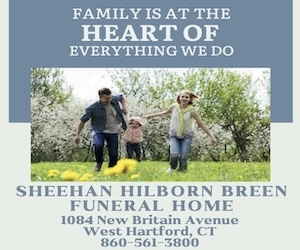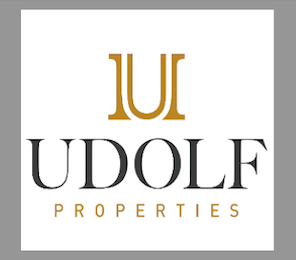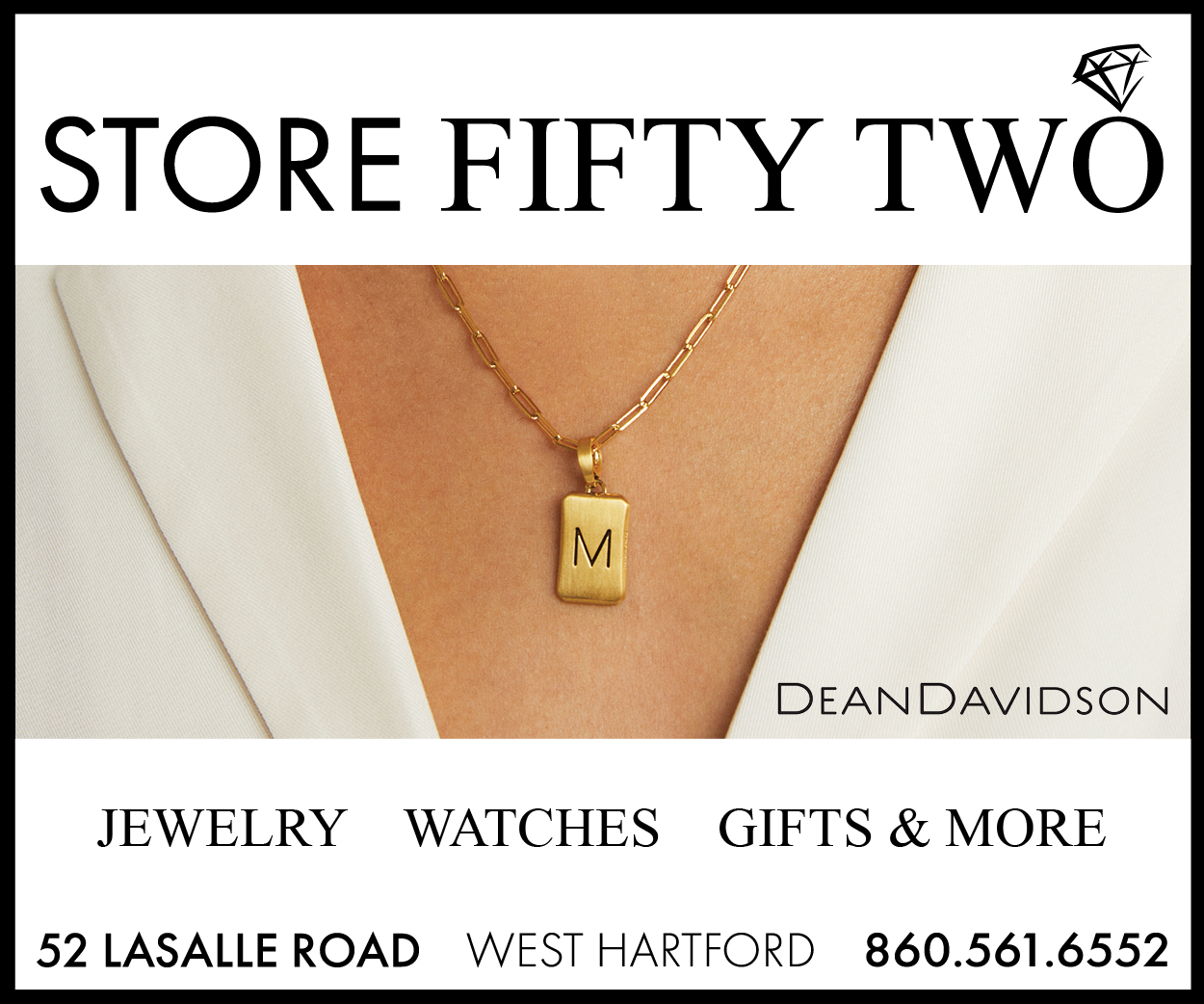When Rosh HaShanah dawns in early September, Congregation Adath Israel in Middletown will have a new interfaith cemetery.
A response to changing demographics within the congregation, the idea has been discussed by the membership for several years, says Lewis Goldberg of the synagogue’s cemetery committee. “There are always questions about burial of non-Jewish spouses in our cemetery, and some older Jewish members have bought plots in non-Jewish cemeteries in order to be buried with their spouses,” he says. “We realized that we couldn’t just talk about this, but had to do something.”
Goldberg manages the congregation’s cemetery maps, and has served on the board in several positions, including president.
Founded in 1902 as an Orthodox community, Congregation Adath Israel adopted a Conservative charter in the late 1940s. Like many Reform and Conservative synagogues in the U.S., Adath Israel has seen changes in its membership, with an aging congregation, more interfaith marriages, and fewer young families seeking synagogue affiliation.
“As one of the larger synagogues in our area, we wanted to serve the needs of the congregation as fully as possible,” says Goldberg. “We had enough property and willingness from the congregation at large to commit part of our land to the creation of a interfaith section. On a more practical level, we hope it will make the synagogue more attractive for young people to join.”
The Adath Israel community is dedicated to discovering ways to incorporate non-Jewish participants into the life of the congregation, says Adath Israel President Naomi Kamins. “We are mindful when we create programs and activities, that many don’t share the same educational background, customs and traditions,” she says. “So we look for ways to make everyone feel part of congregation life, beginning with our very youngest children. Therefore it seems reasonable that we should look at the total lifecycle, and look for ways to be inclusive in as many areas as possible; that means also addressing the end-of-life needs of all our congregants, including their spouses of any faith or orientation.”
A congregational exploration of the issue began in 2010, led by Rabbi Seth Haaz, Kamins, and Goldberg, through study and discussion informed by Haaz’s research of Jewish texts and law.
The congregation looked at Talmud Bavli, Gittin 61a, circa 500 CE: “We support the poor of the non-Jew along with the poor of Israel, and visit the sick of the non-Jew along with the sick of Israel, and bury the dead of the non-Jew along with the dead of Israel, in the interests of peace.” They explored texts written over the next 1,500 years, as well as papers submitted to the Rabbinical Assembly Committee on Jewish Law and Standards in the ‘90s.
The congregation approved the plan at an annual meeting earlier this year, designating one-third of an acre of the nine-acre cemetery as an interfaith section. Instead of erecting a fence to separate the area, Adath Israel chose to use an existing parking lot as the stipulated barrier.
“We think it is important to reach out to the ever-increasing number of Jews and non-Jews who are marrying and raising families,” says Kamins. “In the past, such a marriage meant that many left religion behind, or relegated it to an occasional family holiday meal as they lived their American lives, rarely if ever attending church, temple, or synagogue prayer services. Today, however, we have Jews and non-Jews in committed, loving relationships, some of who are still very loyal to the religious traditions that they inherited from their parents, grandparents and ancestors many generations back. Some are strongly connected to the Jewish community and participate in synagogue life, even though the non-Jewish spouse chooses not to convert.”
Interment in the new section is only open to Adath Israel members and their families, and requires tahara, ritual cleansing of the body, by the synagogue’s chevra kadisha, regardless of the deceased’s religion. Only Jewish religious symbols will be allowed in the section, which will be fenced, landscaped, and maintained identically to the rest of the cemetery, Goldberg says.
The interfaith cemetery will be dedicated on Aug. 18.
Adath Israel is not alone in its decision. The request for interfaith interment by Conservative congregants throughout the country inspired the United Synagogue of Conservative Judaism to address the issue in several responsa, the latest published in 2010.
“Burial of a Non-Jewish Spouse and Children” was approved by the Committee on Jewish Law and Standards of the movement’s Rabbinical Assembly in February 2010. The paper approaches the matter as one of modern-day necessity: “These questions are being asked more and more frequently by our colleagues,” authors and committee members Rabbi Kassel Abelson and Rabbi Loel M. Weiss write. “The growing concern about these questions reflects the growing number of interfaith marriages in our Conservative communities.”
In considering burial of non-Jews in Jewish cemeteries, the paper explores the larger question of how Judaism views and interacts with non-Jews. While much of the biblical and Talmudic examples outline what is permitted and prohibited, there are also instances of non-Jews affiliating themselves with the Jewish community while not converting to the religion. In addition, since the destruction of the Second Temple and the dispersion, Jewish tradition and halacha have periodically revisited the status of non-Jews, permitting what was once prohibited for economic and social reasons.
The authors suggest that burial accommodations be extended to non-Jews married to Jews, in a separate section of a Jewish cemetery:
“Two modern phenomena cause us to suggest that we need to continue to open our communities to these non-Jews who have tied their lives to Jews and to the Jewish community. In the United States there is an unprecedented respect for Jews and Judaism. On a day-to-day basis, Jews and non-Jews work together and socialize together. This has led to the second change: a significant increase in marriage between Jews and non-Jews.
“Studies have recently appeared that indicate that the Jewish community can encourage interfaith families to choose Judaism for themselves and their children. In addition, every rabbi has members who are married to non-Jews or knows non-Jews who have a strong connection to the Jewish community while deciding, for various reasons, not to formally affiliate with Judaism through conversion. These non-Jews are a part of our communities.”
Beth Hillel Synagogue, a Conservative congregation in Bloomfield, is currently considering the move as well. The issue has been a topic of discussion over the past several years between Rabbi Gary Atkins and congregant Mel Marcus, chairman of the independent Beth Hillel Cemetery Corporation.
“The need arises from two sides,” says Atkins, echoing the general trend in liberal American Judaism: “the increasing amount of intermarriage in the Jewish community today, coupled with the fact that, if we are to truly be the welcoming community we claim we want to be, we have to allow for burials when it will be necessary for these families. We have been in the tentative stage for too long and, as evinced by our fellow Conservative congregations, the time to begin action is now.”
Atkins has been working to educate the Beth Hillel community on Jewish burial practices and the current discussion about interfaith cemeteries in the Conservative movement. Marcus says that the congregation and cemetery corporation is considering an undeveloped, cleared section of the congregational cemetery, separated by the rest of the property by a paved road, for use as a consecrated interfaith burial section.
There is already precedent among Connecticut synagogues: Atkins helped the Norwich Hebrew Benevolent Association cemetery create an interfaith section, and Congregation Ahavath Achim in Colchester was the focus of international attention for burying a non-Jewish woman in a disputed section of its cemetery. The halachicly appropriate demarcation of that section, which led to a court battle between the board and a congregant, is still unresolved (see sidebar story). Several other Connecticut Conservative congregations are considering the establishment of interfaith burial sections in their cemeteries.
Beth El Temple in West Hartford organized an interfaith task force to study the issue as one of several matters involving interfaith couples, using the recent Teshuvah of the Committee on Jewish Law and Standards of the Rabbinical Assembly as a resource in congregational discussions.
Temple B’nai Abraham, a Conservative congregation in Meriden, maintains a cemetery established in 1887, a patchwork of sections founded by now-defunct synagogues and Jewish fraternal organizations throughout central Connecticut. Managed by the B’nai Abraham cemetery committee, the cemetery accommodates congregants and Jews not currently affiliated with the synagogue, providing that they live outside the community served by B’nai Abraham.
Some 17 percent of the congregation is intermarried, says Rabbi Michael Kohn, who has been exploring the issue of interfaith burial with the cemetery committee, as well as the ritual committee and chevra kadisha.
The rabbi and the committees have discussed the history of Jewish burial and what Jewish sources say about the burial of non-Jewish individuals in or near Jewish graves. He recently concluded a year-long series of educational programs open to the congregation, exploring the same issues and looking at how halacha has been decided over the centuries, both in general and in relation to burial.
The board then approved a proposal to carve out an interfaith area in the existing cemetery, a complicated matter due to the collage of organizational sections. Kohn is seeking surviving board members and charters of the various organizations so as to respect established provisions and determine the best location for the new section.
“Now we’re discussing what we’d have to do halachicly to make the space appropriate,” says Kohn. “Once we can create and physically clear that space, we have to address the cost of accessibility and creating a barrier like shrubbery or widening the existing road.” Kohn is also exploring the issue of tahara and whether to offer a modified ritual to a non-Jewish spouse.
“What we clearly delineated is that I would be the only person officiating at graveside,” he says. “We will permit no non-Jewish markings anywhere within the cemetery or on the headstone. If a family chooses to do the service without me or my successor, there would be a proscribed list of prayers appropriate for the interment.”
Not all Conservative synagogues are adapting their bylaws to accommodate non-Jewish interment in their congregational plots. The only Jewish cemetery in eastern Fairfield County that will bury the non-Jewish spouse of a Conservative congregant, for example, is the Loyalty Cemetery on Burroughs Road in Fairfield.
The multi-denominational Jewish fraternal organization, a member of the Independent Order of Odd Fellows, was established in 1921 and soon after opened a cemetery for members and Jewish non-members, says Loyalty Cemetery chairman Martin Green.
“Our younger members were saying that if the Conservative movement is accepting interfaith couples, we need a place to bury our non-Jewish spouses,” Green says.
For some Conservative congregations, the question of interfaith burial hasn’t even come up. The Conservative Synagogue (TCS) of Westport, Weston and Wilton recently marked its 25th anniversary. While the congregation includes several interfaith families, its population is a relatively young one and there have been fewer than 10 burials in the TCS cemetery, all of them Jewish. When the question does arise, says executive director Marcy Bratman, the rabbi, together with the ritual and cemetery committees, will revisit the synagogue’s bylaws.
The Reform movement has allowed the burial of non-Jewish spouses of Jews in Reform cemeteries since at least 1914, although many Reform cemeteries still follow traditional rules. There are several Reform congregations in Connecticut that allow for the burial of the non-Jewish spouse of a Jewish person. In addition, the Hebrew Benevolent Association in Norwich which maintains several cemetery sites in Preston that are loosely affiliated with both Conservative and Reform synagogues in the southeastern portion of the state, has an interfaith section in its Middle Road location.
Several Orthodox rabbis in Connecticut were contacted by the Ledger for purposes of this article, but declined to comment on the Orthodox view on the burial of non-Jewish spouses in Jewish cemeteries.
Comments? email cindym@jewishledger.com.








 Southern New England Jewish Ledger
Southern New England Jewish Ledger








